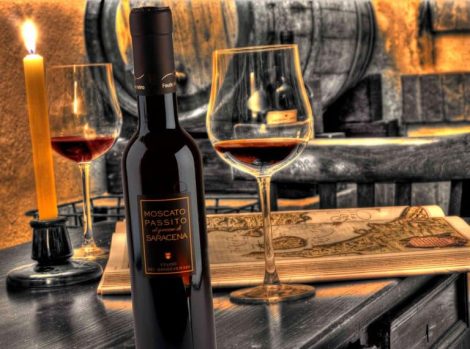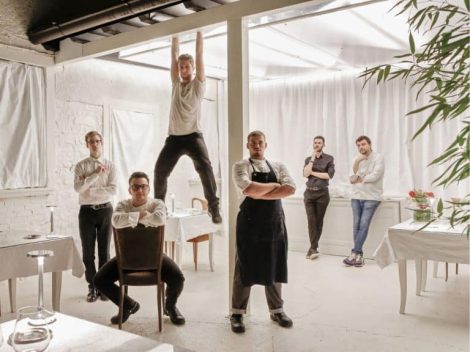In a world like that of wine, where nothing repeats itself in the same way year after year, the production fabric of the province of Bolzano stands out for the awareness with which producers are facing new challenges. Challenges that involve not only climate change or the sudden volatility of markets but above all, the management of the territory, the development of its potential, and the transition from production that satisfies customer demands to one that values the connection between the many cultivated grape varieties and the exposures that best suit them.
This renewed awareness has led smaller companies to specialize in the vocation of their vineyards, as perfectly highlighted by city-based companies or more distant realities in the Valle Isarco. Similarly, cooperative structures reserve the best selections only for grape varieties that best suit their territory.
Despite the decreasing vineyard surface each year, Schiava highlights Santa Maddalena and Lago di Caldaro with great stylistic precision. The former emphasizes richness and maturity, while the latter focuses more on finesse and agility. Schiava is by far the most widespread red grape variety in Trentino Alto Adige. The name suggests a Slavic origin or even refers to an ancient training system in which it was tied to a "tutor" tree and therefore "enslaved." Since in German-speaking countries, it is known as Trollinger, which could be a corruption of "Tirolinger," the hypothesis that it is an autochthonous variety of South Tyrol cannot be ruled out. There are different clones of Schiava (Vernatsch in Alto Adige), among which Schiava Grossa (Grossvernatsch) is the most common. The popularity of this grape variety is due to its resistance and high productivity. It is part of almost all red blends in the region and is vinified almost exclusively in purity in the DOCs Lago di Caldaro, Alto Adige Schiava, and Santa Maddalena.
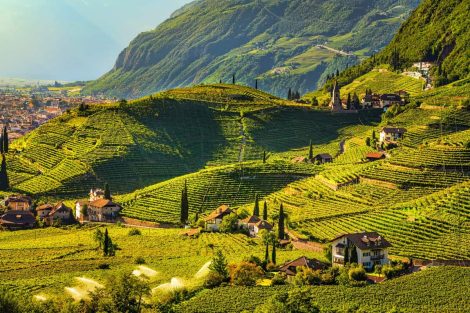
The Best Santa Maddalena Wines from South Tyrol
Here, we focus on the six Santa Maddalena wines that have received Tre Bicchieri or Due Bicchchieri Rossi, reaching the final stages during the tastings for Gambero Rosso's Vini d'Italia 2024 guide.
Santa Maddalena Classico 2022 by Pfannenstielhof Johannes Pfeifer. This wine, which has earned Tre Bicchieri, is intensely perfumed with cherry, raspberry, and spices, with a subtle and fresh balsamic vein in the background. On the palate, it expresses all the pleasantness of the variety in a savory and enticing sip. Johannes Pfeifer leads the company in the Rencio area, a few hectares nestled on the edge of Renon that slope towards the sands along the Adige. The Pfeifer family has owned the estate for almost two centuries, and today, as then, only Schiava and Lagrein are present in the vineyards. Anna and Veronika support the work of parents Johannes and Margareth, ensuring a production that tames the exuberance of Lagrein and respects the delicacy of Schiava.
Santa Maddalena Classico 2022 by Tenuta Ansitz Waldgries. Awarded for the best value for money in the region, this wine is fragrant with rose and wild fruit, which we find in a juicy and unstoppable sip. Christian Plattner has been leading the company for a long time: it consists of less than ten hectares, mainly distributed on the hills of Santa Maddalena, where the focus is on Schiava, Lagrein, Moscato Rosa, and, to a lesser extent, in the Appiano area, where Pinot Bianco and Sauvignon find a home. In the Santa Maddalena-dedicated vineyards, Christian is gradually replanting historical Schiava clones, which give more grit and tension to the sip.
Santa Maddalena Heilmann 2021 by Erbhof Unterganzner Josephus Mayr. The aromas of this wine reveal maturity and richness, but on the palate, it changes pace, highlighting a slender and dynamic profile. The vineyards at the mouth of the Isarco Valley enjoy the warm climate of the Bolzano basin but quickly cool down as you climb the slopes that delimit the valley itself. Here, the Unterganzner estate has been passing from Mayr to Mayr since the mid-1600s, and for about thirty years, Josephus has been tasked with managing it. About ten hectares of vineyard constitute the owned viticultural platform, extending from the banks of the Isarco to the highest hills of Kampenn, for a production that has Schiava and Lagrein as its strengths.
Santa Maddalena Cl. Huck am Bach 2022 by Cantina Bozen. This wine offers scents of marasca and wild rose, which we find in a savory, juicy, and compelling sip. The cellar in Bolzano is the focal point around which the activity of more than 200 families revolves, passionate and careful custodians of a territory that ranges from the Bolzano basin to the mouth of the Isarco Valley and the steeper and higher slopes of Renon. Each grape variety finds its ideal positioning, relying on soils, exposures, and climatic conditions that vary widely, for a harvest that now comes from 350 hectares of vineyards. Ample space is dedicated to all the grape varieties of the region, but the place of honor traditionally remains for Schiava and Lagrein.
Santa Maddalena Hub 2021 by Untermoserhof Georg Ramoser. This wine is played on the notes of ripe red berries and fine herbs, which become even clearer in the juicy and satisfying sip. The Ramoser family's estate lies in one of the most iconic places in South Tyrolean wine, the hill of Santa Maddalena. On the outskirts of Bolzano, this gentle hill stands out clearly between the sky and the Renon, covered with vineyards up to the top from time immemorial, leaving space only for a handful of wineries. Here, Schiava and Lagrein have always occupied the vineyards of the Ramoser family, a few hectares to which small plots in the Oltradige territory are added, where white grapes and Bordeaux varieties find a home.
Santa Maddalena Premstallerhof 2022 by Tenuta Hans Rottensteiner. This wine expresses in its aromas all the fragrance and aromatic finesse of Schiava, while on the palate, it reveals a solid and supported body more by salinity than by the acidic backbone, for a result all to be enjoyed. The history of the Rottensteiner estate began after World War II by the will of Hans, but the family's relationship with viticulture and the wines of the territory has much deeper roots. At the helm for over twenty years are Hannes and his wife Judith, who oversee all production phases from the vineyard to the bottle. Alongside them, other family members do not fail to show their support. Production can rely on four owned estates and the valuable collaboration of over 50 winemakers who supply grapes to the winery.

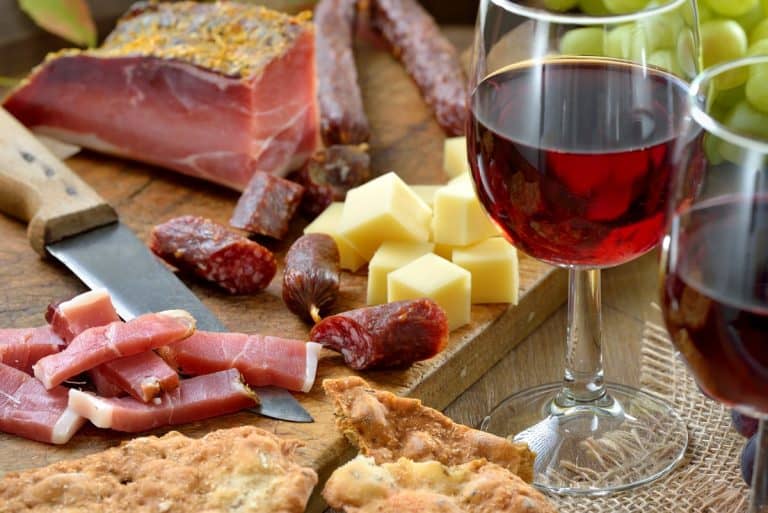
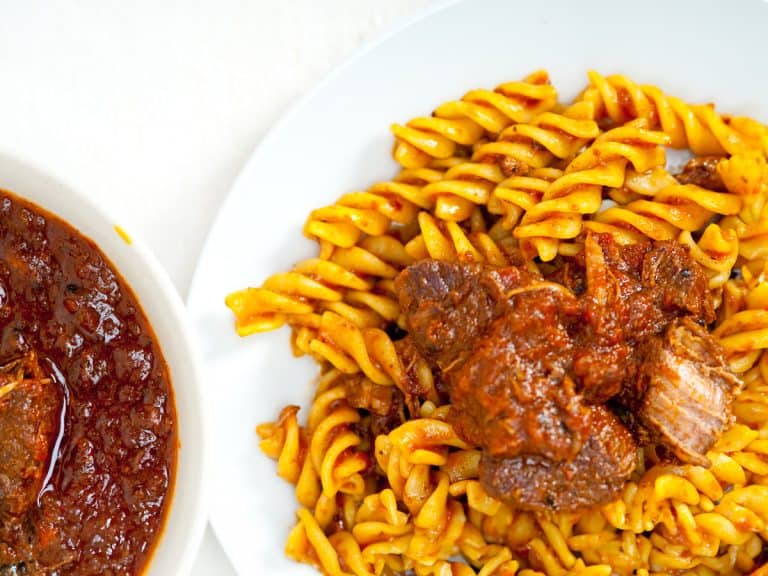 Neapolitan or Bolognese? The (tomato-free) history of the two ragùs that divide Italy
Neapolitan or Bolognese? The (tomato-free) history of the two ragùs that divide Italy Dom Perignon for dogs and sleepless rock stars: the bizarre requests to the world’s best hotel manager
Dom Perignon for dogs and sleepless rock stars: the bizarre requests to the world’s best hotel manager The oil always moves north, reaching England. How the map of olive trees is changing due to climate change
The oil always moves north, reaching England. How the map of olive trees is changing due to climate change The Nobel Sandwich we tried at CERN, just steps from antimatter
The Nobel Sandwich we tried at CERN, just steps from antimatter The two young talents from Gattinara revolutionising Italian cuisine
The two young talents from Gattinara revolutionising Italian cuisine